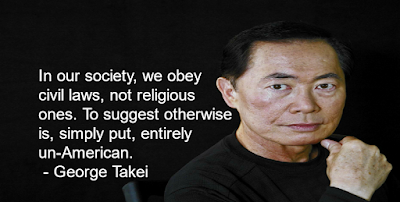Decolonizing Death
People ask me all the time what decolonization means or is. Manhoben, manåmko’, taotao sanhiyong, taotao sanhalom, all hear of this term as they go about their lives, but are unclear as to what it might mean. For most it stirs up fearsome feelings about losing everything that makes life possible and so they are seeking some reassurance that decolonization couldn’t mean that. I have a variety of answers, anecdotes, theoretical lens and concept ready to go, but it always depends on the context. Are they speaking to me about decolonization in a political context? Or is it cultural? Linguistic? Economic? Spiritual? People will conceive of decolonization differently based on their particular interests or their set of phobias. Many will instinctively define decolonization in a particular way because of their fears of feelings of dependency. Others will want to define it in a certain way because of their interest in something changing. You can conceive of decoloniza




